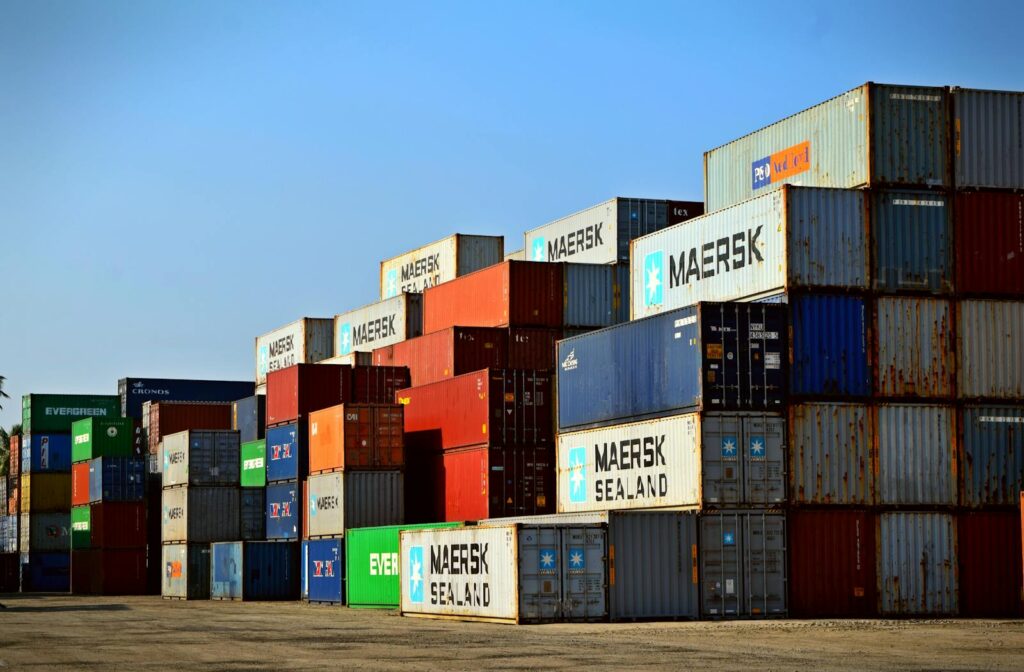Decoding the UK’s Import Landscape: Key Considerations

For many businesses, importing goods is a crucial component of their operations, connecting them to global markets and supply chains. However, the UK’s import landscape, particularly post-Brexit, has introduced layers of complexity that can be challenging to navigate.
Understanding the essential regulations, costs, and logistical considerations is vital for ensuring smooth, compliant, and cost-effective international trade. Today, we have insights from pallet delivery experts, Pallet2Ship, to shed light on navigating the world of logistics for small to medium-sized businesses.
Essential Identification and Classification
One of the first steps for any business importing goods into the UK (England, Scotland, or Wales) is to ensure you have correct and accurate documentation, including an EORI number. This unique identification number is required for customs clearance and declaration purposes. Equally important is the precise classification of your goods using commodity codes (also known as HS Codes elsewhere in the world). These codes determine the correct customs duty and VAT rates that apply to your imported items.
“Accurate classification is truly non-negotiable,” advises Pallet2Ship. “Incorrect commodity codes are a common pitfall that potentially leads to delays and unexpected costs. Experts can guide businesses through this complex process, which is why having a trusted partner in this process is invaluable for many of our customers.”
Understanding Duties, Taxes, and Hidden Costs
Beyond these initial steps, understanding the complete financial picture is critical. This includes customs duties and VAT, which are typically charged on imported goods. While some trade agreements may offer reduced duties, these must be carefully verified. This process must also factor in other potential charges, such as handling fees, storage, and customs brokerage costs.
Pallet2Ship added, “It’s easy for businesses to underestimate the total expense of importing goods. Using a reliable international shipping calculator can provide a much clearer picture of the total landed cost from the outset, helping you budget accurately and avoid unwelcome surprises.”
The Power of Proper Documentation
Documentation is paramount when importing. A precise commercial invoice, packing list, and, where applicable, certificates of origin, are essential for customs clearance. Certain goods may also require specific licenses or certificates, such as plants, food products, or controlled substances.
“Proper documentation is the bedrock of smooth customs clearance,” notes Pallet2Ship. “Our services are designed to be as smooth as possible, ensuring paperwork is meticulously handled to avoid snags and expedite your shipment’s journey.”
Choosing Your Import Partner
Finally, consider your import partner. While you can manage customs yourself, leveraging the expertise of a freight forwarder or broker can significantly simplify the process. Equipped with the knowledge and network to navigate regulations, handle documentation, and coordinate logistics efficiently, selecting a quality provider offers comprehensive import and export expertise, making logistics a far easier project.
Final Thoughts
By understanding these key considerations and partnering with experienced professionals like Pallet2Ship, businesses can demystify the import process, control costs, and maintain a seamless international supply chain.
Take advantage of simpler imports and exports with the support of a pallet delivery expert so you have the time to do what you do best–growing your business.





